 Given the first term, last term, and common difference, to find the number of terms. RULE. — Divide the difference of the extremes by the common difference, and the quotient increased by 1 is the number of terms. Given the first term, last term, and common difference, to find the number of terms. RULE. — Divide the difference of the extremes by the common difference, and the quotient increased by 1 is the number of terms.  The parallel arithmetic - Page 106by W H. Wingate - 1865Full view The parallel arithmetic - Page 106by W H. Wingate - 1865Full view - About this book
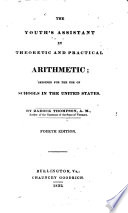 | Zadock Thompson - Arithmetic - 1832 - 186 pages
...and 8-f2rr4, and 4+1—) 5 Ans. Hence, III. The first term, the last term, and the common difference given to find the number of terms. RULE. — Divide...difference of the extremes by the common difference, and the quotient, increased by 1, will be the answer. 2. If the first term of a series be 8, the last... | |
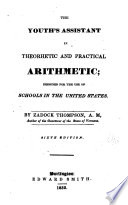 | Zadock Thompson - Arithmetic - 1832 - 186 pages
...3=3, and 8-7-2=4, and 4+1=) 5 Ans. Hence, IIL The first term, the last term, and the common difference given to find the number of terms. RULE. — Divide...difference of the extremes by the common difference, and the quotient, increased by 1, will be the answer. 2. If the first term of a series be 8, the last... | |
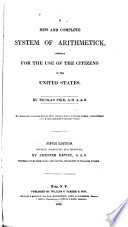 | Nicolas Pike - Arithmetic - 1832 - 544 pages
...9-|-9+9+9+94-6+9+9 =9X8=72, and 1+2+3+4+5+6+7+8=— =36 PROBLEM III. Gil-en the extremes and the common difference, to find the number of terms. RULE.* Divide the difference of the extremes by the common difference, and the quotient increased by 1 will be the number ef terms required. EXAMPLES. 1st. The extremes are... | |
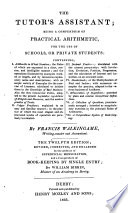 | Francis Walkingame - 1833 - 204 pages
...the whole distance 366 miles. Case 3. The ttvo extremes and the common difference being given, lojind the number of terms. RULE. Divide the difference of the extremes by the common difference, and the quotient increased by unity is the number sought. (6) A person travelling into the country,... | |
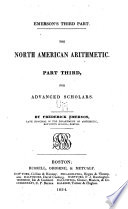 | Frederick Emerson - Arithmetic - 1834 - 300 pages
...daily increase, and also the number of miles travelled. PROBLEM iII. The extremes and common difference given, to find the number of terms. RULE. Divide the...difference of the extremes by the common difference, and add 1 to the quotient; the sum will be the number of terms. The difference of the extremes divided... | |
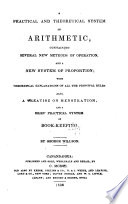 | George Willson - Arithmetic - 1836 - 202 pages
...their ages ? Ans; 2 years. PROBLEM IV. — Given the first term, last term, and common difference, to find the number of terms. RULE. — Divide the difference of the extremes by the cormr-on difference, and the quotient increased by 1 is the number of terms. 7. A man travelling a... | |
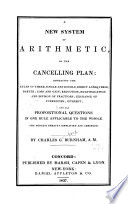 | Charles Guilford Burnham - Arithmetic - 1837 - 266 pages
...number of books purchased. Therefore — When the first and last terms, and the common difference are given, to find the number of terms : RULE. Divide...difference of the extremes by the common difference, and the quotient will be 1 less than the number of terms. 10. If the first term of a series be 2, and... | |
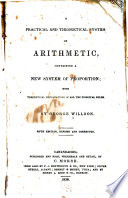 | George Willson - Arithmetic - 1838 - 194 pages
...their ages ? Ans. 2 years. PROBLEM IV. — Given the first term, last term, and common difference, to find the number of terms. RULE. — Divide the...difference of the extremes by the common difference, and the quotient increased by 1 is the number of terms. 7. A man travelling a journey, went 18 miles... | |
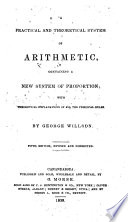 | George Willson - Arithmetic - 1838 - 194 pages
...their ages ? Ans. 2 years. PROBLEM IV. — Given the first term, last term, and common difference, to find the number of terms. RULE. — Divide the...difference of the extremes by the common difference, and the quotient increased by 1 is the number of terms. 7. A man travelling a journey, went 18 miles... | |
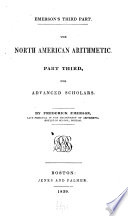 | Frederick Emerson - Arithmetic - 1839 - 300 pages
...daily increase, and also the number of miles travelled. PROBLEM in. The extremes and common difference given, to find the number of terms. RULE. Divide the...difference of the extremes by the common difference, and add 1 to the quotient; the sum will be the number of terms. The difference of the extremes divided... | |
| |